Apex talks to Ashish Agarwal, Vice President – Head of Data at LendingTree. Ashish delves into the evolving role of a CDO, business transformation, and navigating the trends and challenges of data and analytics.
Q: What is the difference between a Chief Data Officer and a Chief Analytics Officer? Are they one in the same?
A: The Chief Data Officer is responsible for facilitating the use of data as a strategic asset within an enterprise, to impact business outcomes. They seek to empower every part of the business to make data-driven decisions, with speed. The Chief Data Officer is expected to curate the data strategy, oversee data management and governance processes, and in many companies lead the data analytics function as well.
Sometimes a company may designate a Chief Analytics officer, to dedicate focus on data analytics, in order to create value and draw useful insights from the data available within the organization. This role typically leads reporting, data visualization and business intelligence teams.
Q: How have you seen the role of CDO change? Have you encountered any challenges facing the CDO function?
A: The CDO role has continued to evolve, since its inception. Initially, the focus of the CDO was on compliance and data governance, particularly security, privacy, and accuracy of the data. These “data defense” responsibilities are now considered table stakes. Increasingly, companies want insights into the changing customer expectations and the highly competitive business landscape. Hence, the CDOs are expected to also power “data offense” initiatives, to grow revenues, profits and customer loyalty, through advanced analytics and data science.
As far as challenges, there are several. Let me name a few that are common:
First, misaligned or unrealistic expectations by the organization, when trying to become data-driven. The job is not done, by just recruiting a CDO. It requires adoption of new ways of working, and ongoing unwavering support from the senior leadership team, including the CEO.
Second, prematurely promoting analytics, before establishing a sound data foundation. Many a times discussions center around expediting self-service analytics, while the organization is missing a strong and effective information governance program. Such situations make it extremely difficult and at times impossible, to realize the benefits of a given analytics initiative. Hence, the onus is on the CDO to reset the collective mindset towards a data culture, even when it may not appear to be the most exciting thing to do.
Finally, creating transparency into the data available within an enterprise, without compromising security and privacy policies. I walk this line by standardizing and automating data discoverability. Mind you that is different from providing unfettered access to data. Imagine provisioning a catalog or index of available data, supported by a swift process to provision access for the right reasons and right people.
Q: What were some of the challenges and pitfalls to watch for, when driving transformations and standing up data/analytics processes? What advice do you have to effectively address them?
A: The overarching challenge is to effectively and safely bridge the gap between the eagerness to use data, and establishing a world class data ecosystem and organizational culture.
Typically, the data and analytics transformation programs begin with a significant amount of optimism, followed by misdirected fear due to the complexity. Hence, the first order of business should be to educate the stakeholders and quickly even out the hype within the company, so you can start talking about business opportunities and scaling. Following that, it’s all about rolling up your sleeves, doing the work and addressing issues head-on.
Let me take you through a few examples:
First, data exists in silos for companies that are not born digital or those that have grown through acquisitions. Further, people tend to get territorial and think they have exclusive rights over their data. So, when attempting to break down silos and creating governance, be sensitive about people dynamics.
Next, collecting data can open up a company to regulatory risks and privacy issues. It is important to acknowledge that mining and refining data, while it can lead to all kinds of opportunities, it also leads to immense risks. Therefore, setting up strong risk management and governance programs is fundamental.
That said, simply balancing democratization of data and governance is also not enough. It is critical to enable adoption of products, by providing assistance in the moment to analysts learning the new way.
Finally, you need the right team behind you. Hire the right talent, one that is not only savvy in the use of the modern data tools, but also people skills.
Q: How do your teams comply with risk and compliance requirements around data security and data privacy?
A: The key is to invest in a strong and effective information governance program that is built to enable growth and innovation. Start by asking the question – How can we turn data governance into a source of competitive advantage and a strategic differentiator? Then no longer risk and compliance remain a regulatory requirement, we must fulfill.
A few key tenets of this approach include:
- Take a security-first perspective and achieve a state of continuous compliance, against own set policies and industry compliance standards. You can do that by leveraging tools and automation, to get a unified view of all cloud accounts, generate regular compliance reports and send alerts on security threats in real-time.
- Be maniacal about operational consistency. From a compliance perspective, the more an organization drives consistency of operations, the easier it is to respond to audit requests and enforce security. For example, extend effective operational security and compliance functions that exist on-premises, also to respective cloud services.
- Keep up with the evolving standards, through a flexible change management process and a comprehensive blueprint that reconciles and rationalizes requirements for industry standards, such as PCI-DSS, GDPR, CCPA, HIPAA etc.
Q: What are the current data trends and how will it impact your organization?
A: This is a great time to be involved with data. Here are a few noteworthy trends, that I am excited about:
- Augmented analytics, that automates data analysis using Machine learning and Natural Language processing. As data continues to arrive in higher volumes and varied sources, use of automation is the key to finding redundancies and errors rapidly. This can help organizations accelerate the path towards efficiently identifying trends and patterns, within their data.
- Data-as-a-service, which makes data readily accessible internally and from external sources, such as data marketplaces on the Cloud, using a range of modes and interfaces. This new way of delivering information to a user or system, regardless of organizational or geographical barriers, is very empowering and can bring tremendous agility to a business, promote self-service and improve productivity.
- DataOps, which brings lean principles of removing waste and relentless focus on quality into the data domain. Similar to how software development has been embracing the best practices of lean manufacturing, the development and operations of data can greatly benefit by incorporating Agile and automation practices, to yield greater productivity and quality.
- Quantum computing, that will radically advance the speed and scale of data processing through the use of quantum computers, compared to classical computers. This technology has the promise to revolutionize several industries, such as data security, finance, medicine and communications.
Q: How important is it to have a data driven culture? Have there been obstacles to building a data culture and if so, how have you resolved them?
A: To sustain in business today, being data driven is not a choice, but a requirement. How well you contextualize and personalize the experience for a customer, can make the difference between retaining or losing them to your competition.
Yet the biggest obstacle enterprises face is evolving the business model that made them successful in the past, into what is necessary for the business to survive and thrive in the future. This is particularly seen at legacy companies with tenured leaders, who have been phenomenally successful in producing results. I address this challenge, by facilitating data literacy to provide coaching not only to the people on the ground, but also top leadership on the new ways of working, where strategic decisions are driven by sound data analysis, and not just gut feel or how it has always been done.
The other obstacle is underestimating the investment and commitment it takes, to build a foundation of technology and disciplined data driven practices. This is not just about buying new technologies, which can be daunting, but committing time and energy of already busy people to a set of activities, which may seem mundane, like reviewing error logs and tweaking data quality rules to accommodate data drift. Further, it requires making hard decisions on breaking down data silos and overcoming ownership issues to facilitate data access, but not compromising on security and compliance policies.
Finally, there is a tremendous amount of turnover in the job market, due to shortage of relevant skills. Hence employee retention needs to become a critical focus area for the management team. My strategy is to invest in the future of the employees, by offering an environment of learning, and creating opportunities that allow them to have fun, while performing meaningful work.
Ashish Agarwa – Vice President, Head of Data at LendingTree
Ashish Agarwal is a transformational business-technology executive, passionate about harnessing the power of Digital and Data, to deliver superior customer experiences and achieve ambitious business goals.
Ashish is the Vice President – Head of Data at LendingTree, where he is helping the business grow and become strategic with Data.
Prior to joining LendingTree, he served as Senior Director – Enterprise Data/Analytics and Digital at Ally Financial. Ashish was responsible for innovating and transforming the Digital channels, modernizing the Data ecosystem, developing Fintech partnerships and influencing strategic investments, while building a phenomenally successful engineering centric organization and culture.
Before Ally, Ashish drove business critical Digital and Big Data technology solutions for high performance security trading and consumer lending platforms, at Bank of America and Fidelity Information services.
Ashish is an avid agilist and enjoys bringing together diverse mindsets, and empowering multi-disciplinary teams, to produce transformational business results.
Ashish holds an M.B.A from Georgia State University, M.S. in Computer Science from Kent State University, and is certified in Data Science/Machine Learning from UC Berkeley and Harvard University.

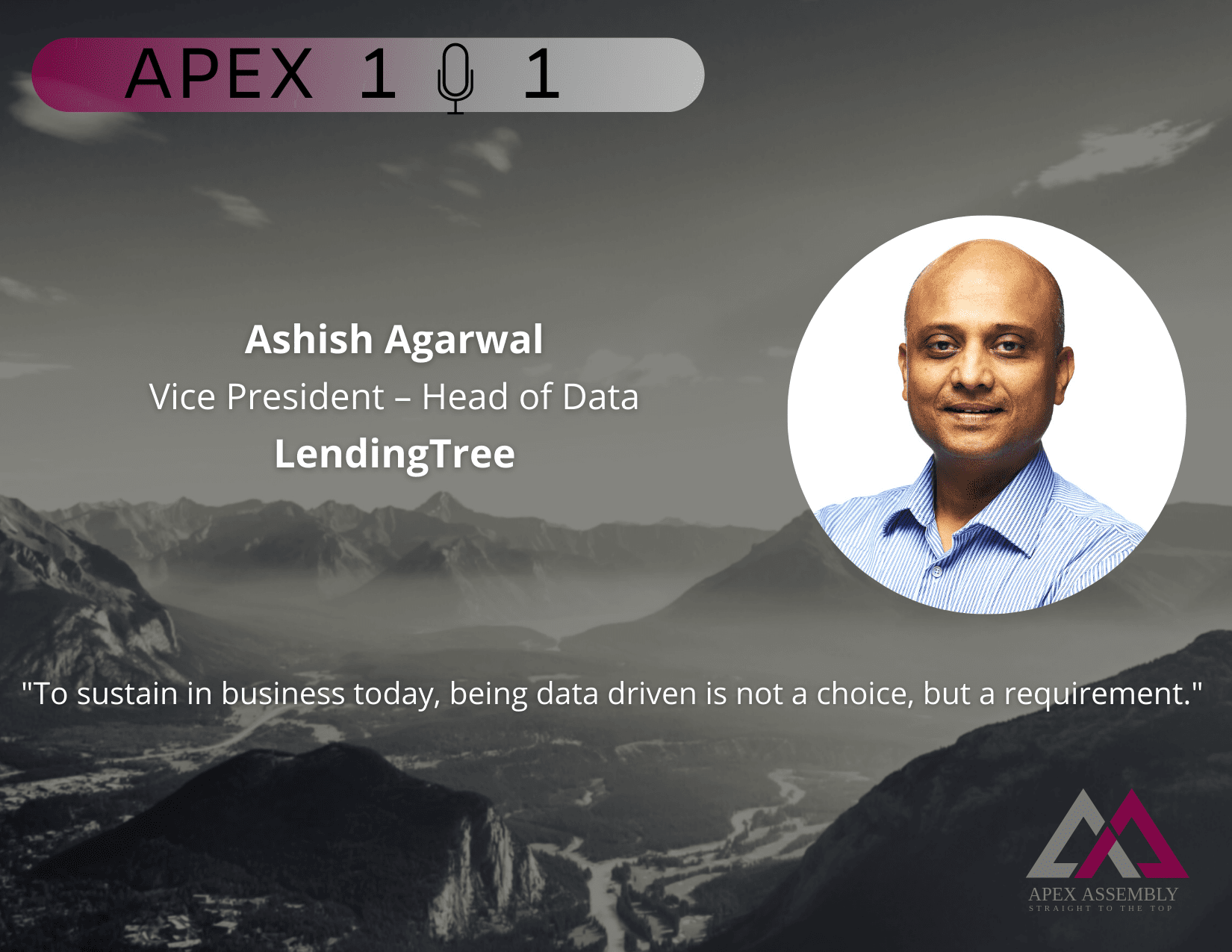
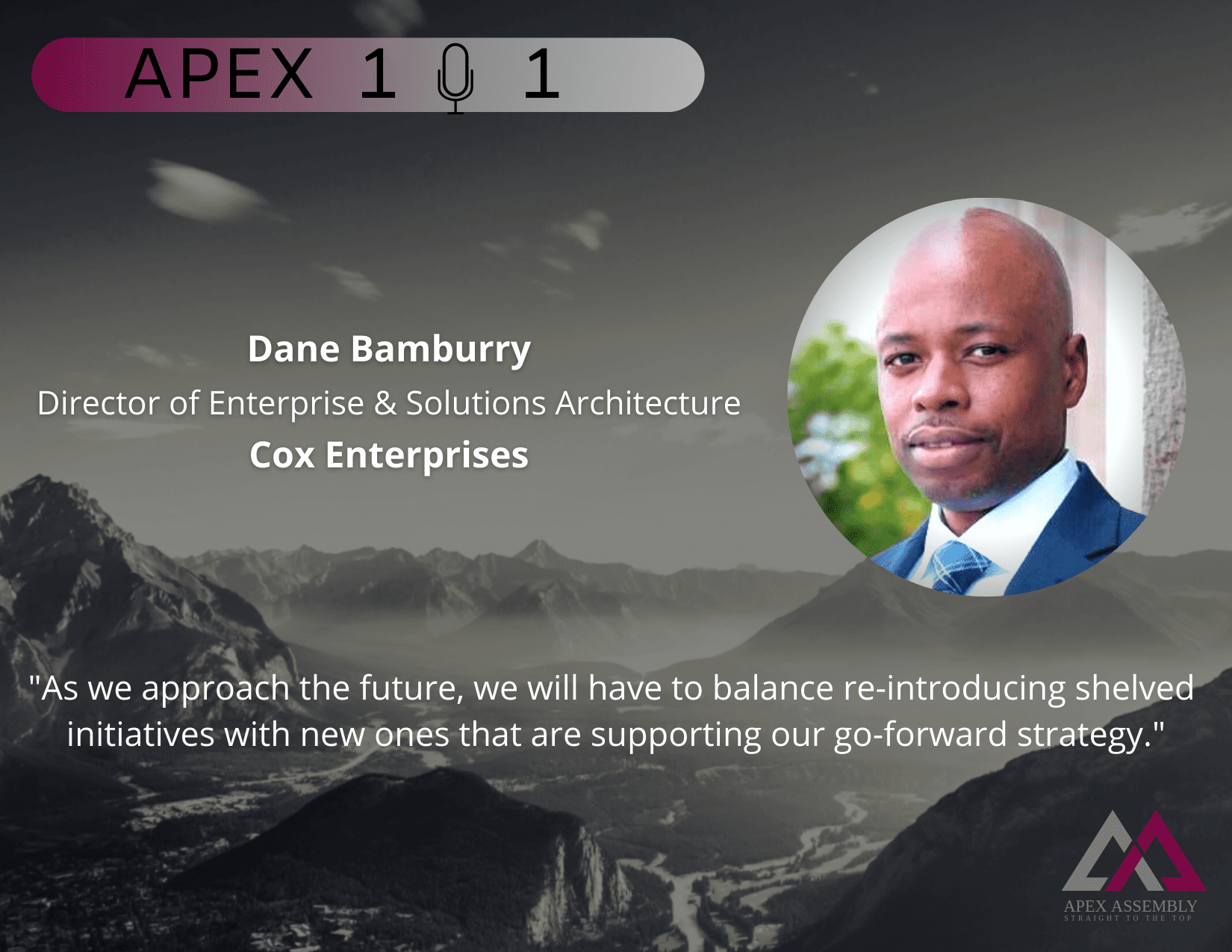
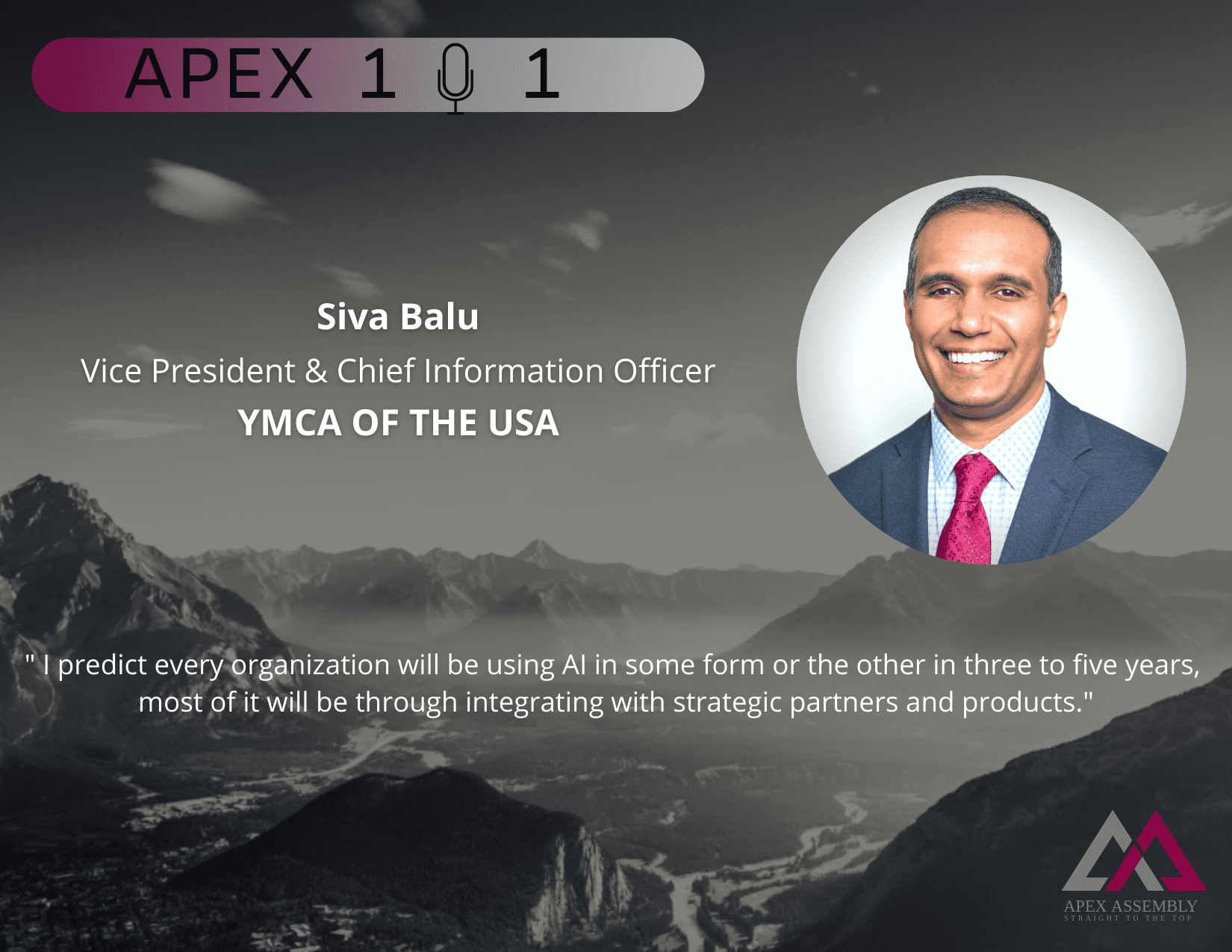
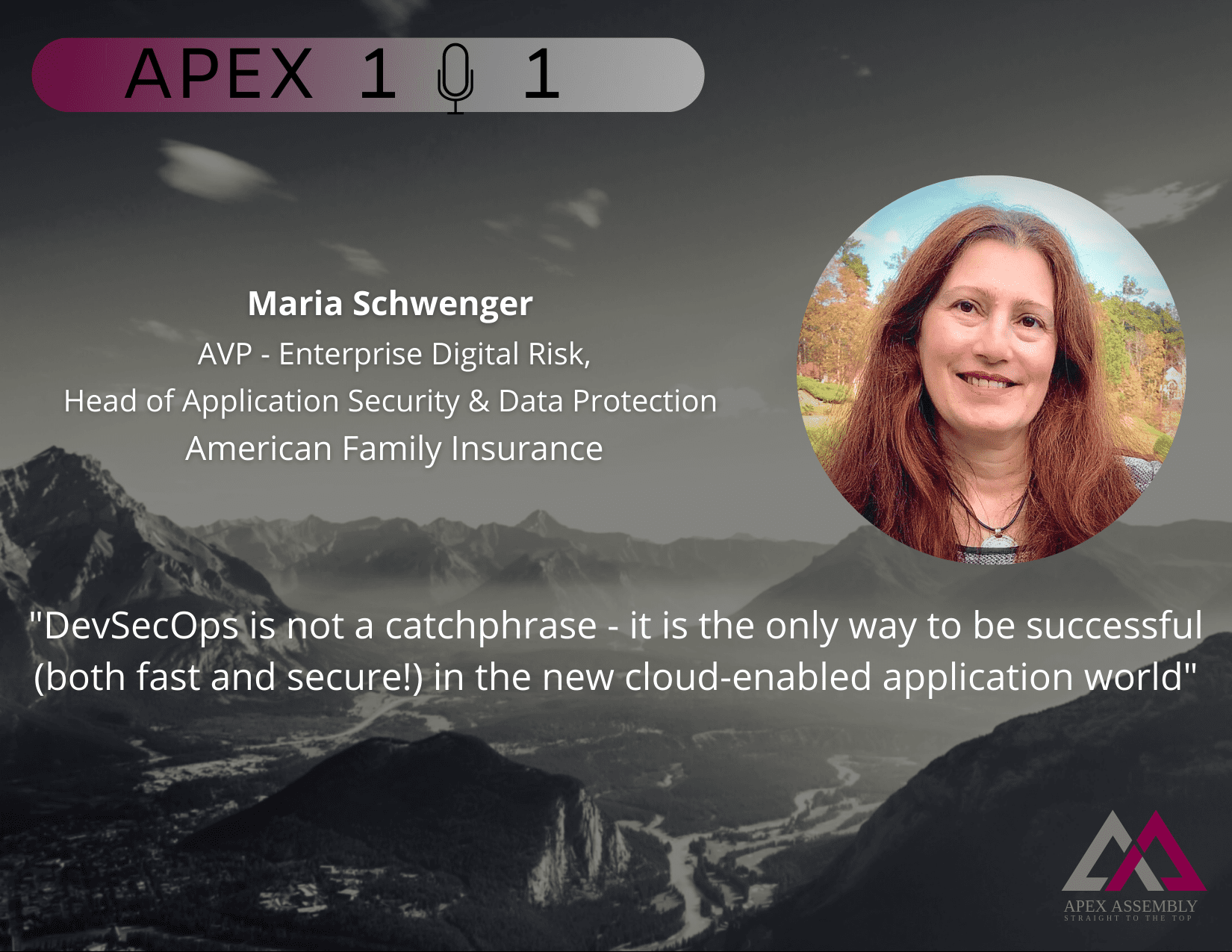

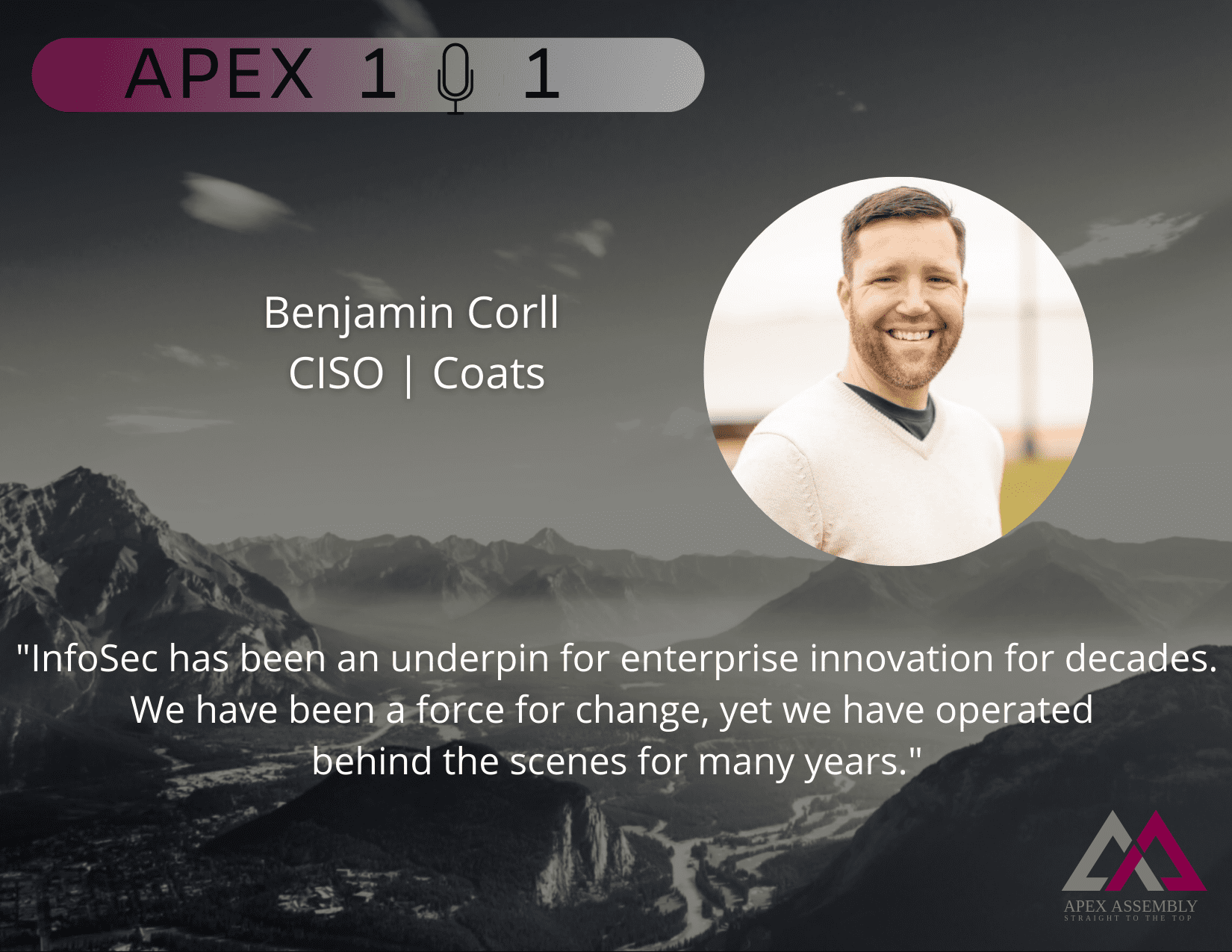
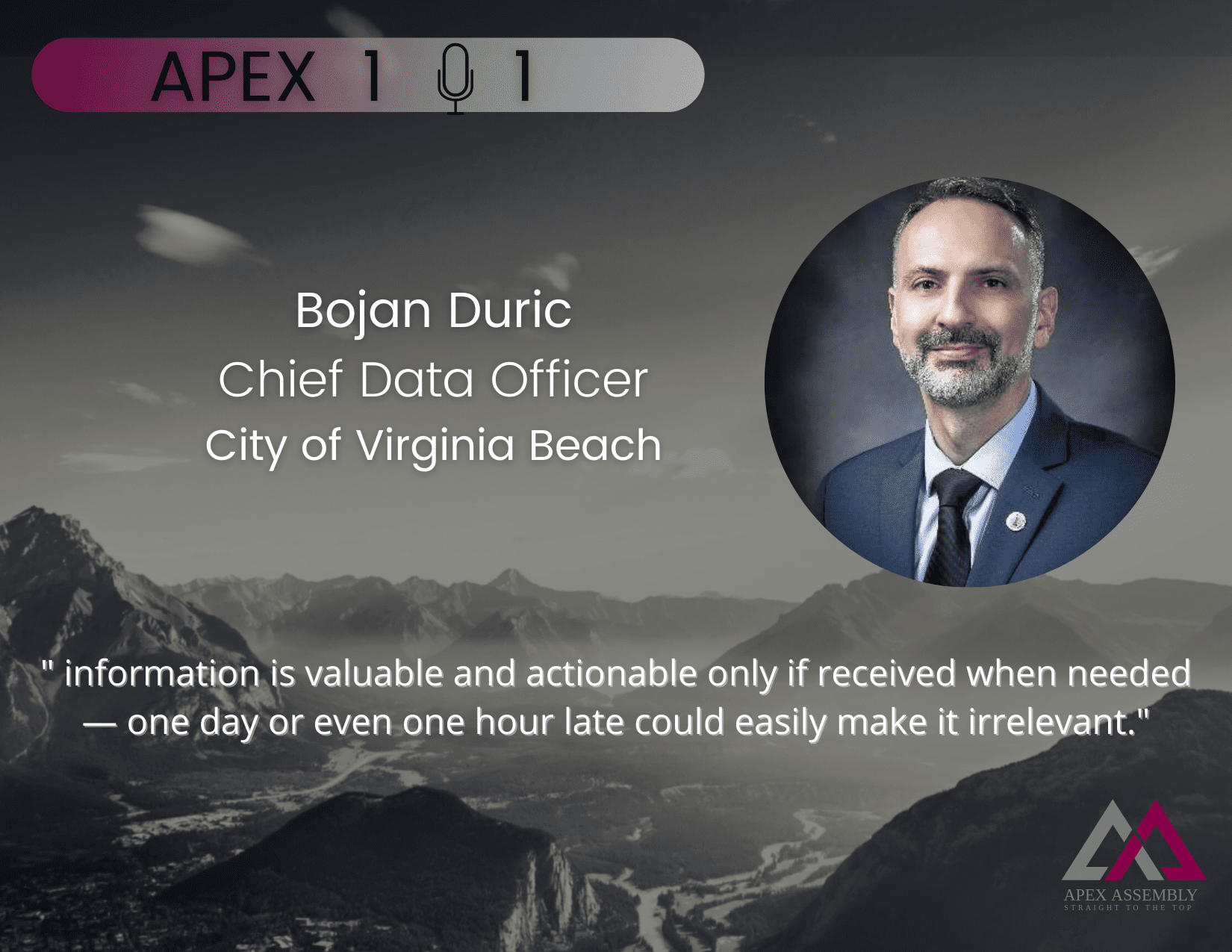


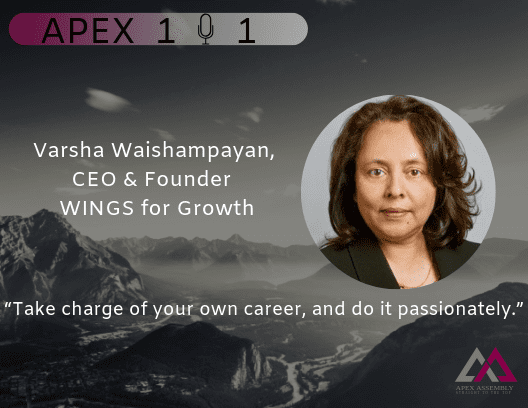
ROLE DESCRIPTION
We are looking for a Membership Manager to join the company and take on one of the most opportunistic roles the industry has to offer. This is a role that allows for you to create and develop relationships with leading solution providers in the enterprise technology space. Through extensive research and conversation you will learn the goals and priorities of IT & IT Security Executives and collaborate with companies that have the solutions they are looking for. This role requires professionalism, drive, desire to learn, enthusiasm, energy and positivity.
Role Requirements:
Role Responsibilities:
Apex offers our team:
Entry level salary with competitive Commission & Bonus opportunities
Apex offers the ability to make a strong impact on our products and growing portfolio.
Three months of hands on training and commitment to teach you the industry and develop invaluable sales and relationship skills.
Opportunity to grow into leadership role and build a team
Extra vacation day for your birthday when it falls on a weekday
All major American holidays off
10 paid vacation days after training period
5 paid sick days
Apply Now >>